
Beijing serves as the capital of the People's Republic of China and is a vital center for politics, economy, culture, education, and international trade and communication.Covering an expansive area of over 16,410 square kilometers (6,336 square miles), the city boasts a population of approximately 21.9 million(2020). It is a major transportation hub, with dozens of railways, roads and highways passing through the city, and the destination of many international flights to China.
For centuries, few cities have held the political and cultural center of an area as long as Beijing. As the heart of China's history, Beijing is renowned for its grand palaces, temples, and stone walls and gates that reflect its rich heritage.
Today, Beijing has become a modern and trendy city, brimming with vitality and energy. However, exploring its many teahouses, temple fairs, Hutongs, and Courtyards and enjoying the Peking Opera can provide visitors with an authentic Beijing experience and insight into "old Beijing." Including any or all of these activities in your Beijing tour will leave a special appreciation for the city that has witnessed and beautifully narrates its story with unparalleled grace, charm, and vigor.
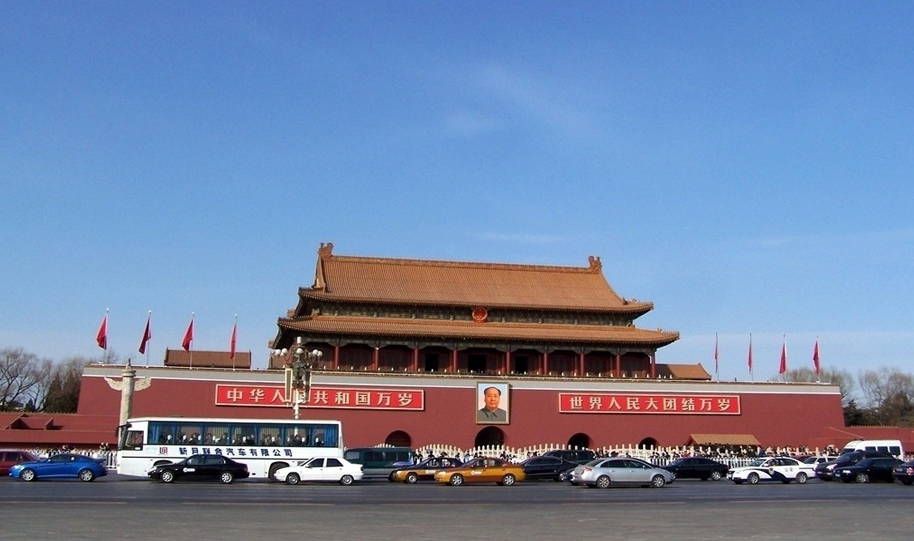
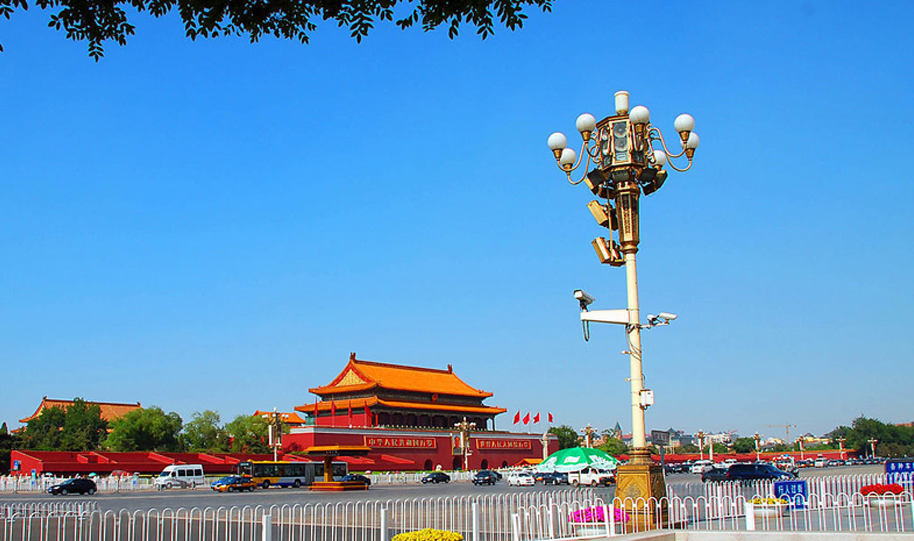

The Tiananmen(meaning Heavenly Peace Gate) is a famous monument in Beijing. It is widely used as a national symbol. First built during the Ming Dynasty in 1420, Tiananmen is the entrance to the Imperial City, within which the Forbidden City is located. Tiananmen is located to the north of Tiananmen Square, the world's largest city center square. At 440,000 square meters, Tiananmen Square can hold 1 million people for gathering.

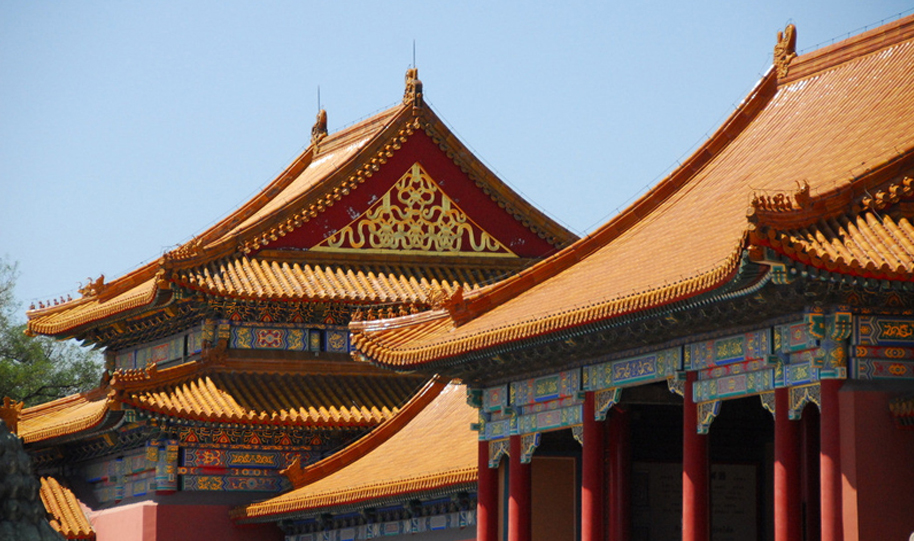
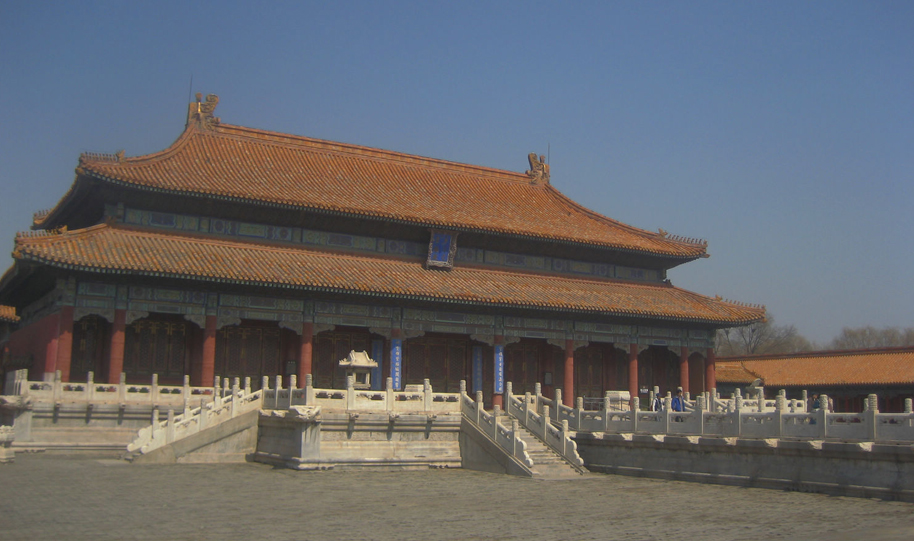


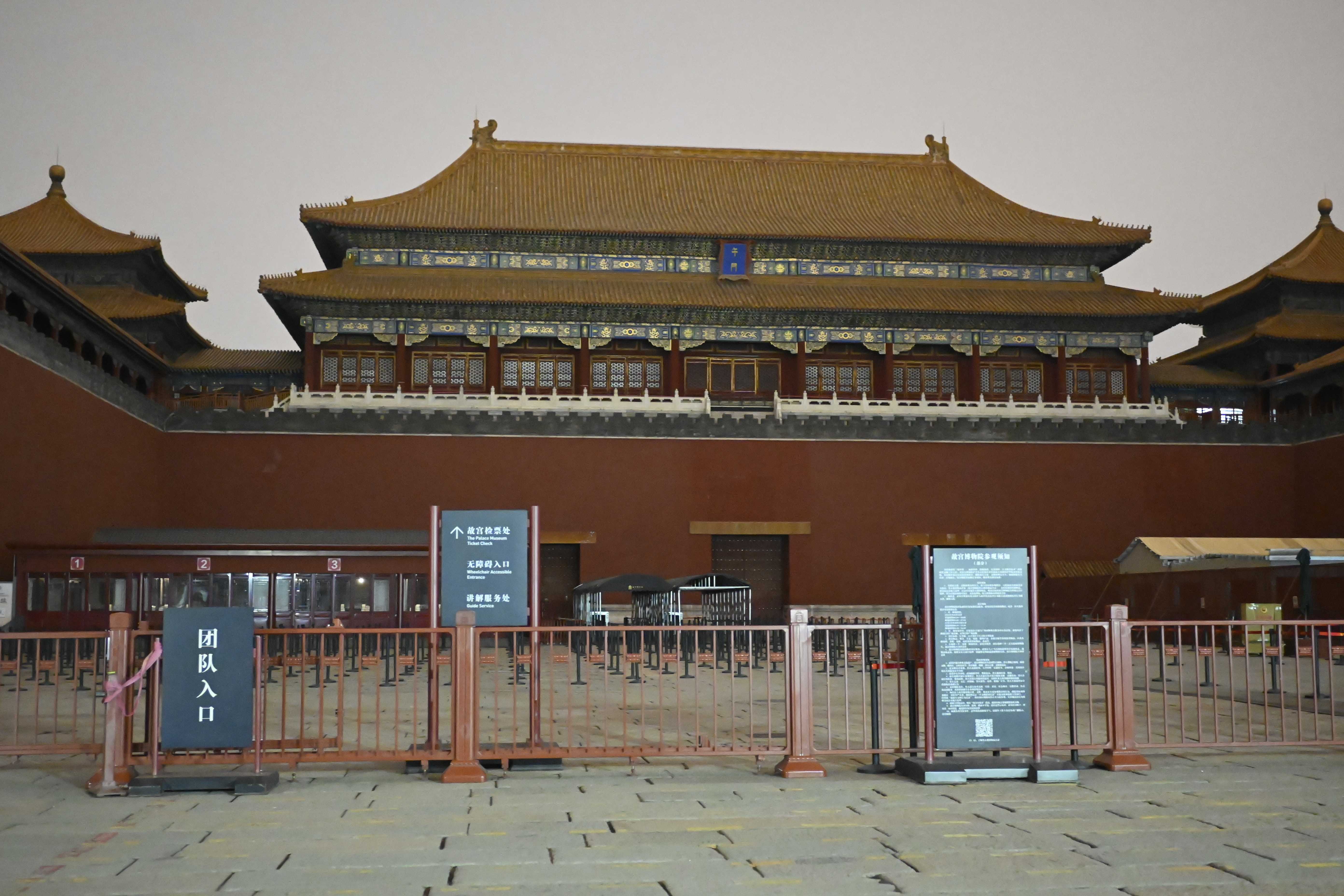
Lying at the center of Beijing, the Forbidden City, also called or the Palace Museum, used to be the imperial palace of the Ming and Qing dynasties. The Forbidden City is the world's largest surviving palace complex and covers 72 ha (178 acres). It is a rectangle 961 metres (3,153 ft) from north to south and 753 metres (2,470 ft) from east to west. It consists of 980 surviving buildings with 9,999 bays of rooms.
The Forbidden City was declared a World Heritage Site in 1987 by UNESCO as the "Imperial Palace of the Ming and Qing Dynasties", due to its significant place in the development of Chinese architecture and culture. It is currently administered by the Palace Museum, which is carrying out a sixteen-year restoration project to repair and restore all buildings in the Forbidden City to their pre-1912 state.
Nowadays, the Forbidden City is open to tourists home and abroad. Splendid paintings on the royal architectures, grand and deluxe halls, and surprisingly magnificent treasures will certainly satisfy "modern civilians".

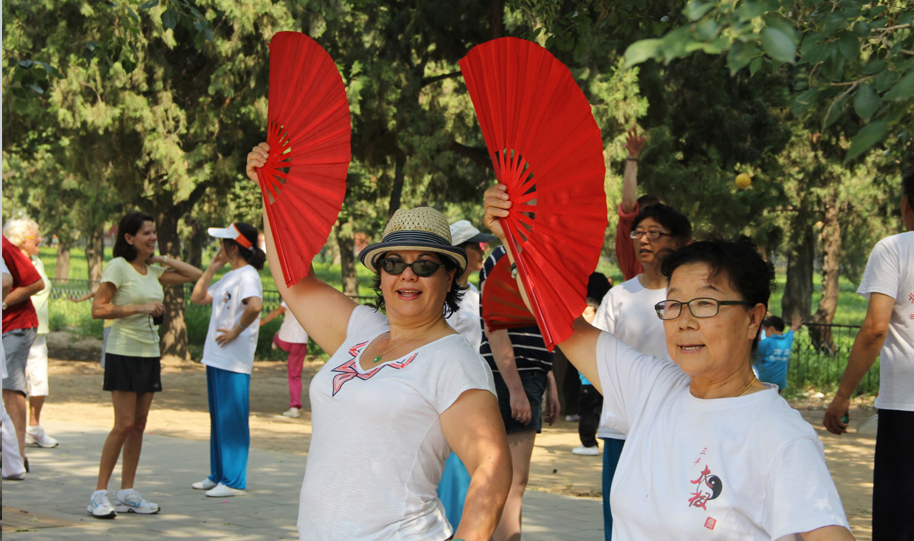
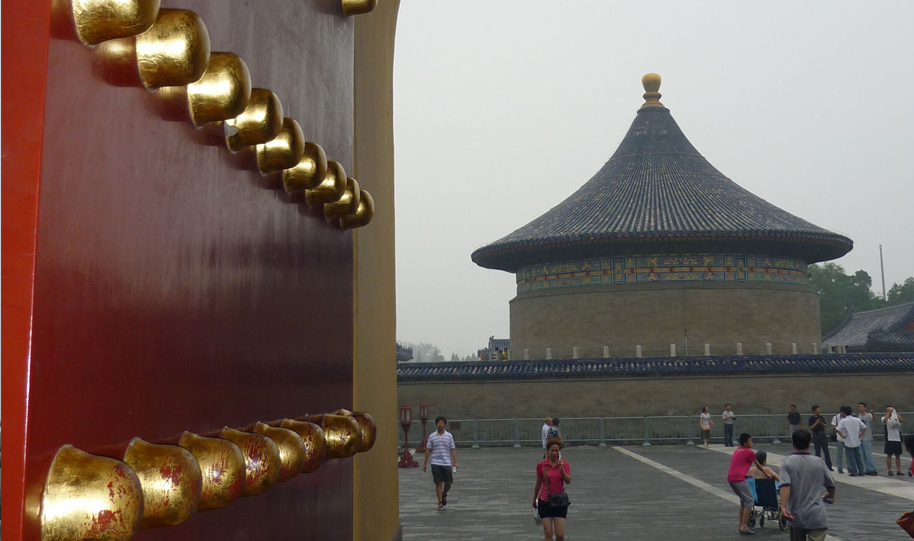
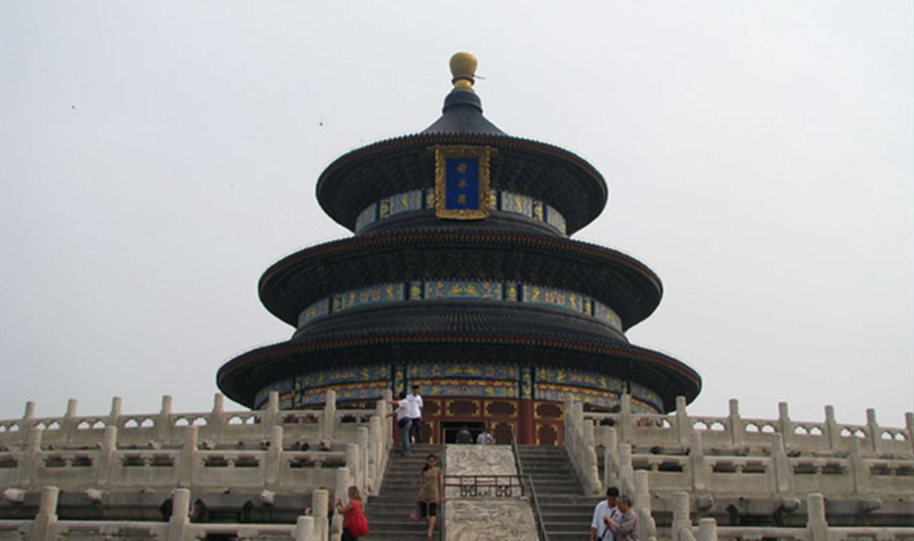


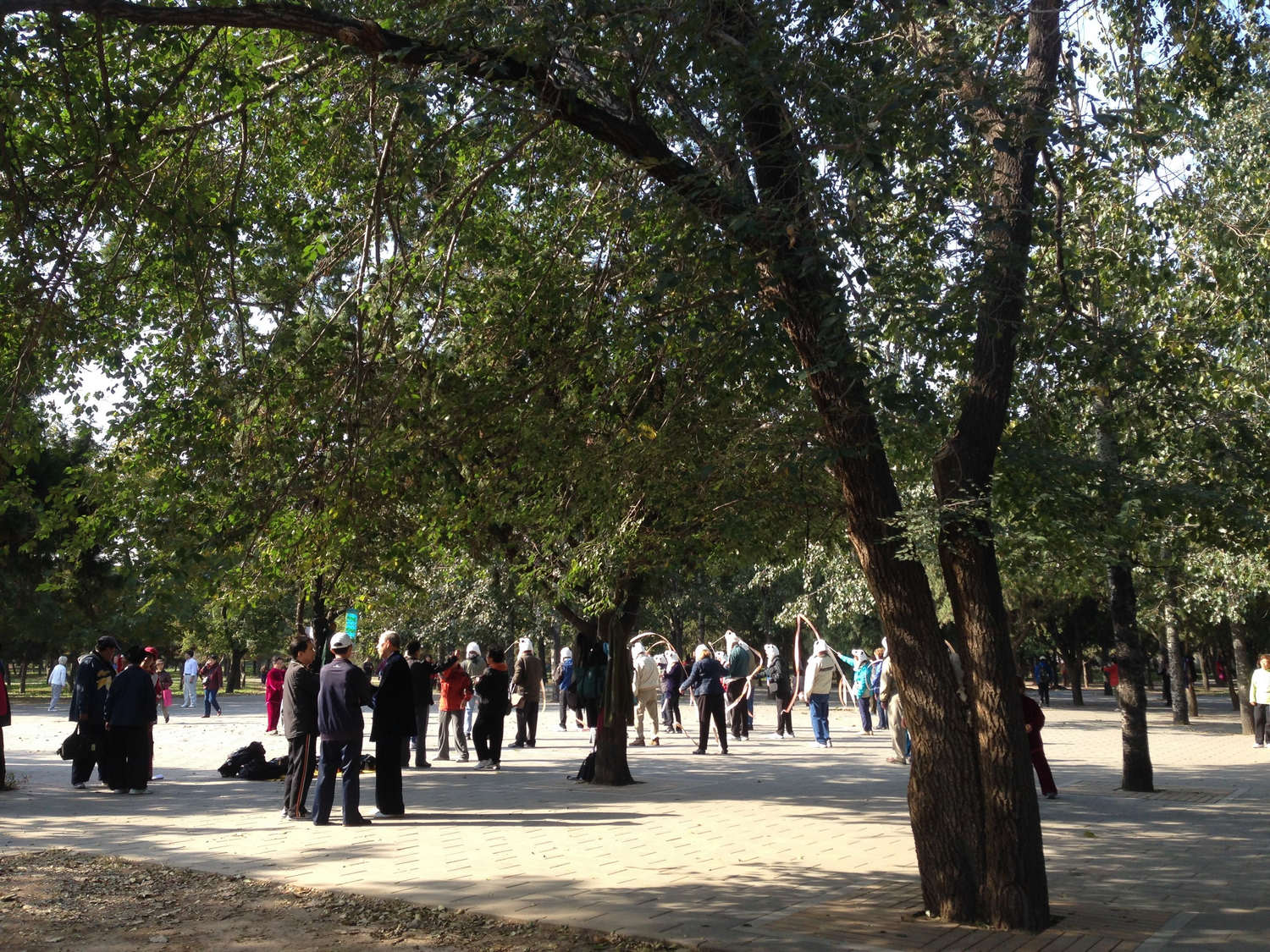
The Temple of Heaven was built in 1420 during the reign of Emperor Yongle of the Ming Dynasty, and is located in the southern part of the city. It was the place where emperors of the Ming and Qing would pray to heaven for good harvests. It has been described as "a masterpiece of architecture and landscape design". The Temple of Heaven has been listed as one of the World Cultural Relics by the UNESCO. It is the largest temple complex in China with 12 million people visiting the temple every year. In the morning you will see many Beijingers practising all kinds of physical exercise.










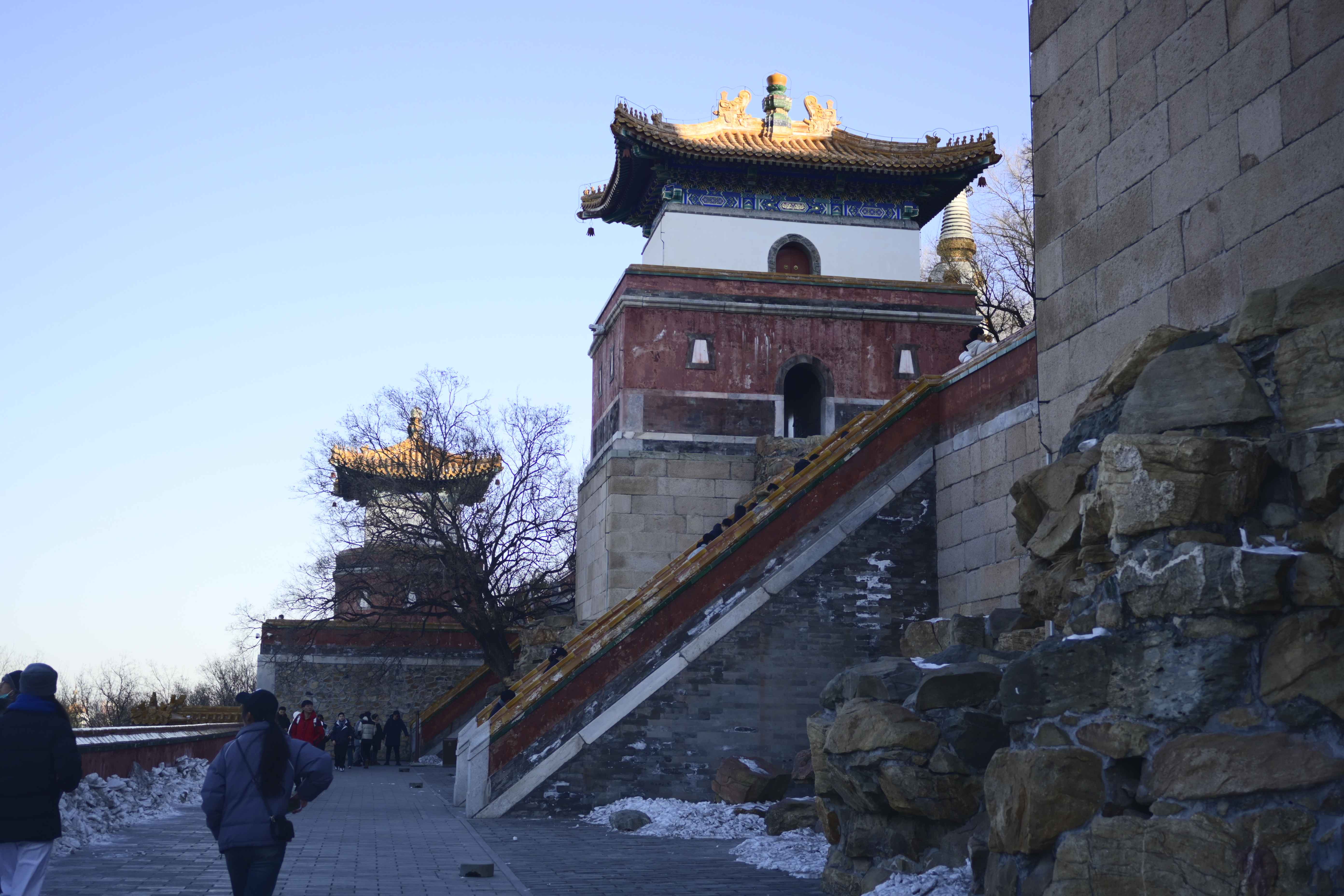
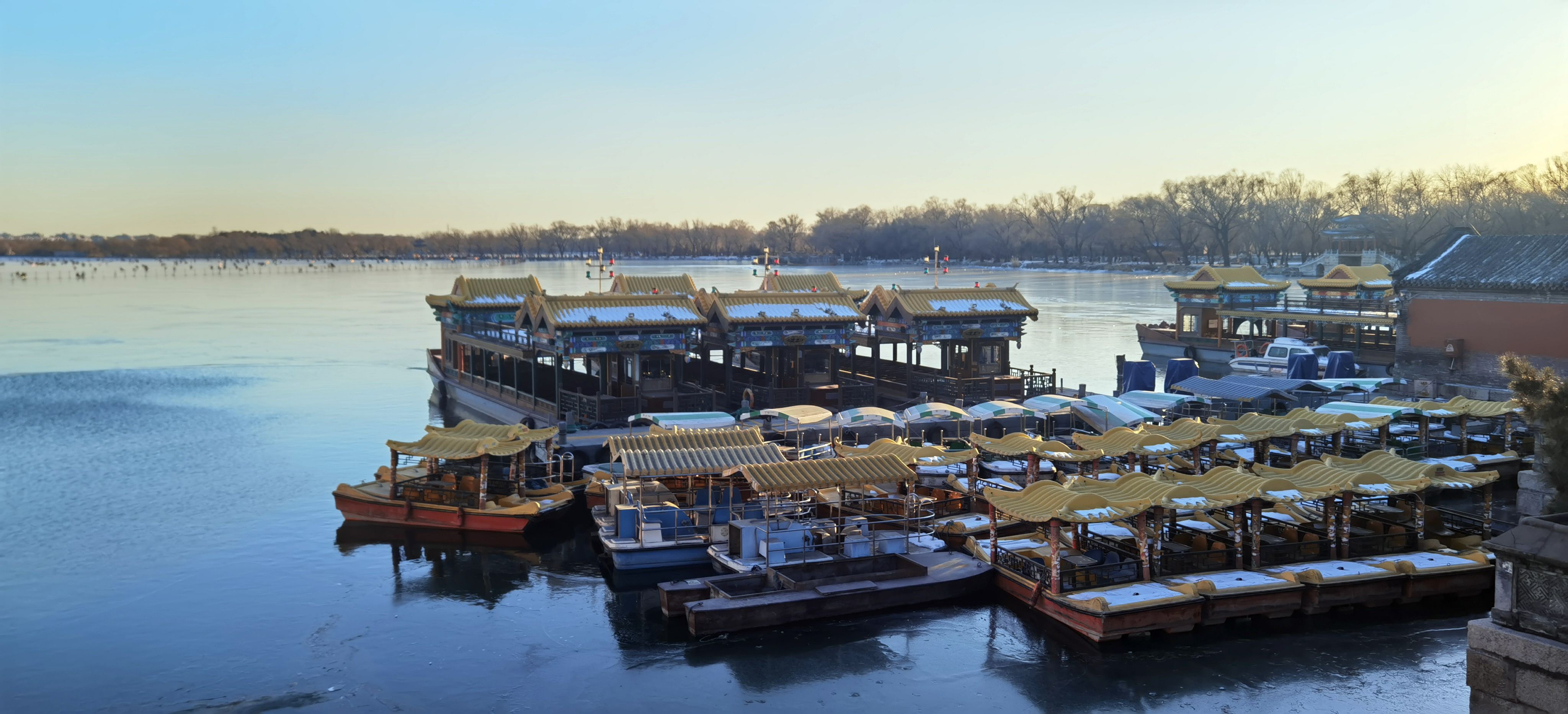
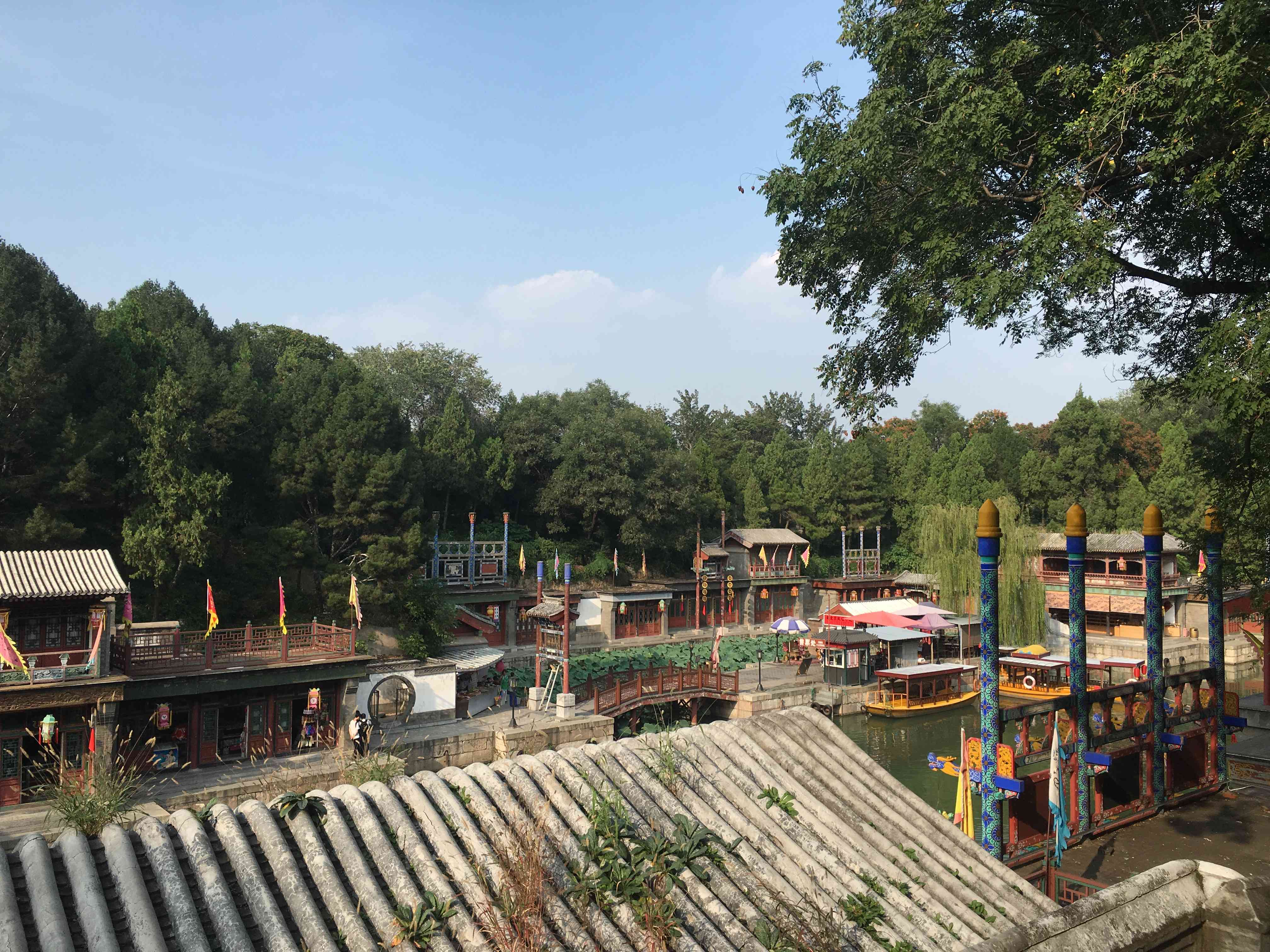
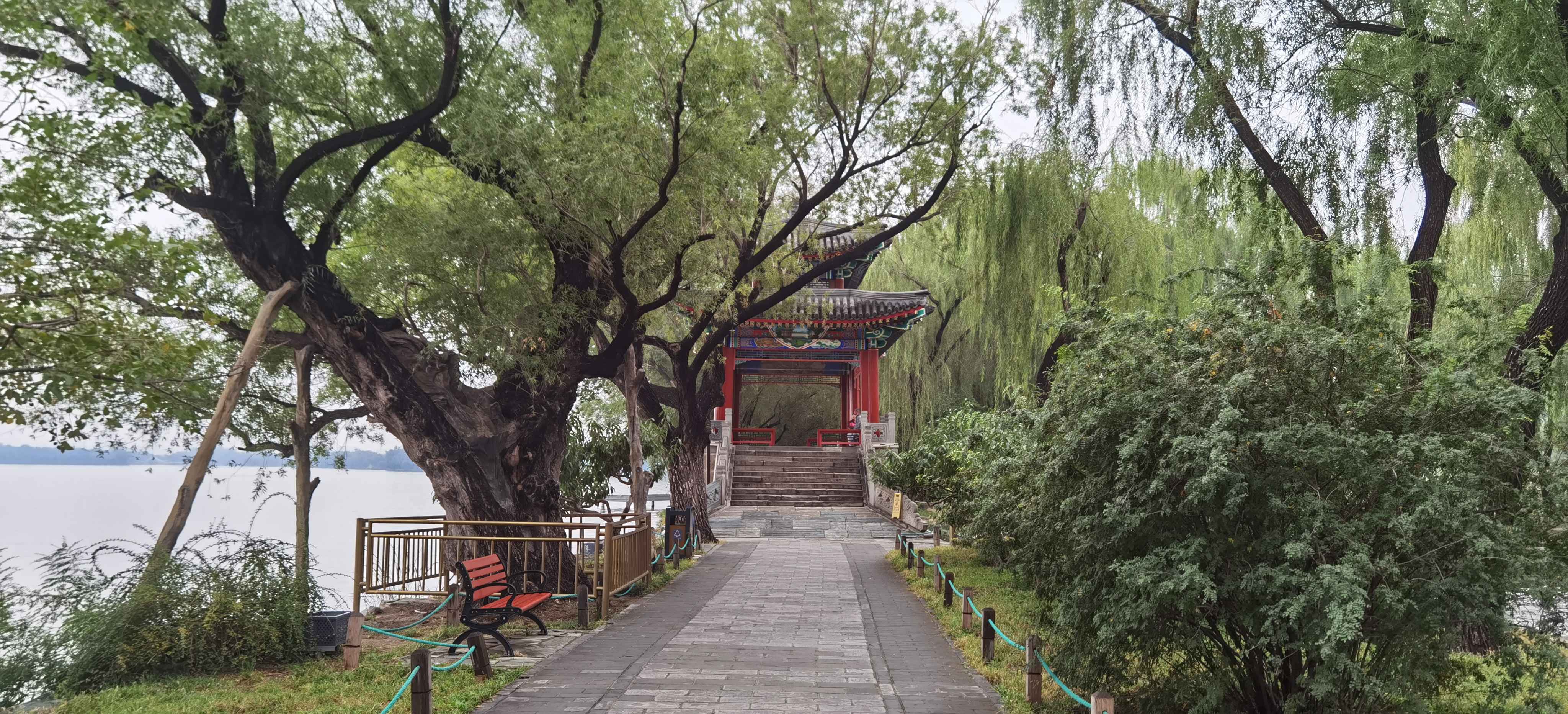
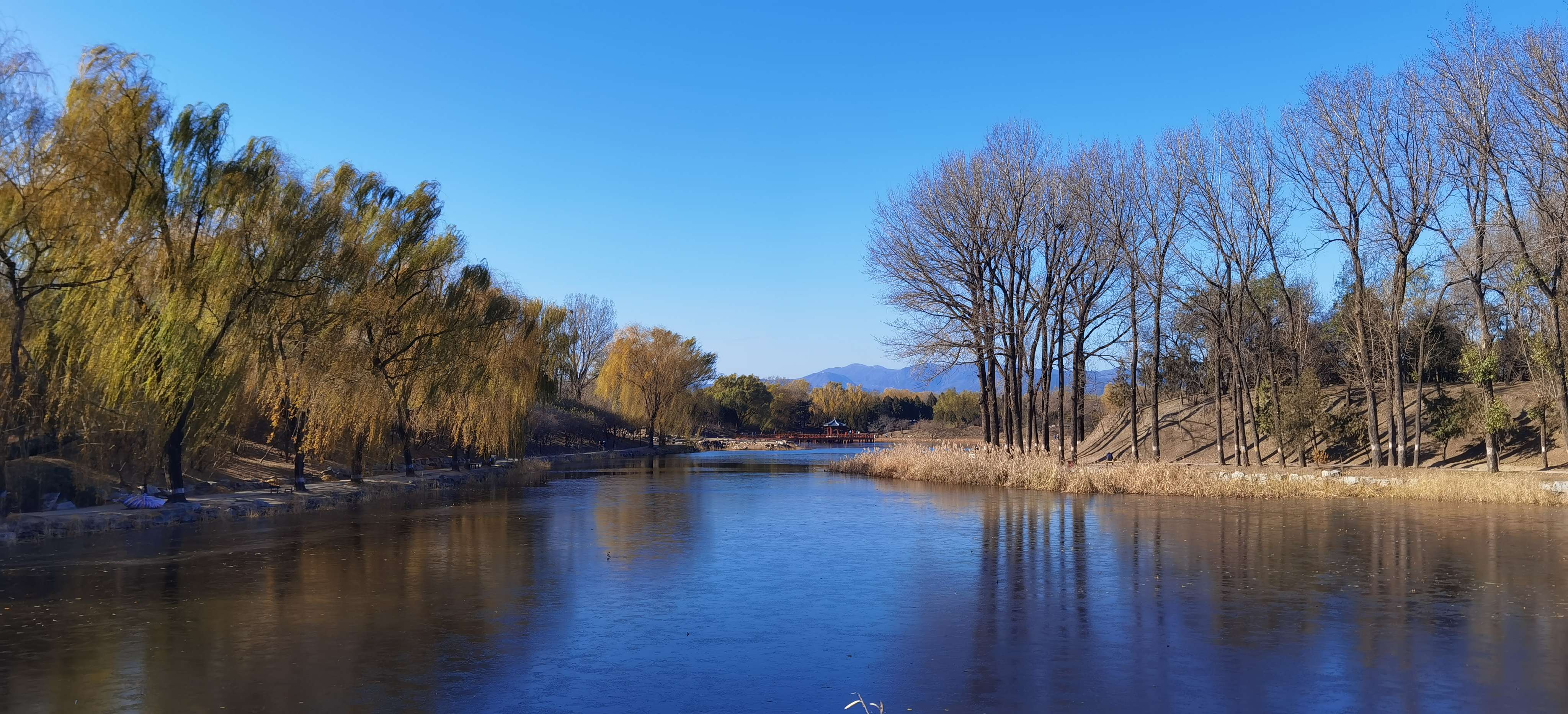
Constructed in the Jin Dynasty (1115-1234), during the succeeding reign of feudal emperors, it was extended continuously. By the time of the Qing Dynasty (1644-1911), it had become a luxurious royal garden providing royal families with rest and entertainment.
Composed mainly of Longevity Hill and Kunming Lake, The Summer Palace occupies an area of 294 hectares (726.5 acres), three quarters of which is water. Guided by nature, artists designed the gardens exquisitely so that visitors would see marvelous views and be amazed by perfect examples of refined craftwork using the finest materials.
In December 1998, UNESCO included the Summer Palace on its World Heritage List. It declared the Summer Palace "a masterpiece of Chinese landscape garden design. The natural landscape of hills and open water is combined with artificial features such as pavilions, halls, palaces, temples and bridges to form a harmonious ensemble of outstanding aesthetic value." It is a popular tourist destination but also serves as a recreational park.





Lama Temple Beijing (Yong He Gong), a renowned lama temple of the Yellow Hat Sect of Lamaism, is situated in the northeast part of Beijing city.
Lama Temple features five large halls and five courtyards with beautifully decorative archways, upturned eaves and carved details. It houses a treasury of Buddhist art, including sculptured images of gods, demons and Buddha, as well as Tibetan-style murals.
After Yongzhengs death in 1735, his coffin was placed in the temple. Emperor Qianlong, his successor, upgraded Yonghegong to an imperial palace with its turquoise tiles replaced by yellow tiles (yellow was the imperial color in the Qing Dynasty). During the 9th year of Emperor Qian Longs reign (1744), it was converted into a lamasery and became a residence for large numbers of monks from Mongolia and Tibet. This is a kind of friendly policy that the Qing dynasty dealing the relation with Mongolia and Tibet. That is the reason why the Great Wall was not massively constructed during the Qing dynasty.






Hutongs are a type of narrow streets or alleys, most commonly associated with Beijing. In Beijing, hutongs are alleys formed by lines of siheyuan, traditional courtyard residences. Many neighborhoods were formed by joining one siheyuan to another to form a hutong, and then joining one hutong to another. The word hutong is also used to refer to such neighborhoods.
Since the mid-20th century, the number of Beijing hutongs has dropped dramatically as they are demolished to make way for new roads and buildings. More recently, some hutongs have been designated as protected areas in an attempt to preserve this aspect of Chinese cultural history.
The term "hutong", originally meaning "water wells", appeared first during the Yuan Dynasty, and it is believed to be a term of Mongol language origin. In the Ming Dynasty (early 15th century) the center was the Forbidden City, surrounded in concentric circles by the Inner City and Outer City. Citizens of higher social status were permitted to live closer to the center of the circles. Aristocrats lived to the east and west of the imperial palace. The large siheyuan of these high-ranking officials and wealthy merchants often featured beautifully carved and painted roof beams and pillars and carefully landscaped gardens. The hutongs they formed were orderly, lined by spacious homes and walled gardens. Farther from the palace, and to its north and south, were the commoners, merchants, artisans, and laborers. Their siheyuan were far smaller in scale and simpler in design and decoration, and the hutongs were narrower.
Nearly all siheyuan had their main buildings and gates facing south for better lighting, thus a majority of hutongs run from east to west. Between the main hutongs, many tiny lanes ran north and south for convenient passage.

Badaling is the site of the most visited section of the Great Wall of China, approximately 50 miles (80 km) northwest of urban Beijing city in Yanqing County, which is within the Beijing municipality. The portion of the wall running through the site was built during the Ming Dynasty, along with a military outpost reflecting the locations strategic importance. The highest point of Badaling is Beibalou, approximately 1,015 metres (3,330 ft) above sea level.
The portion of the wall at Badaling has undergone heavy restoration, and in 1957 it was the first section of the wall to open to tourists. Now visited annually by millions, the immediate area has seen significant development, including hotels, restaurants, and a cable car.






Mutianyu section of the Great Wall of China is located in Huairou County 70km northeast of Beijing. It is connected with Jiankou in the west and Lianhuachi in the east. First built in the mid-6th century during the Northern Qi, Mutianyu Great Wall is older than the Badaling section of the Great Wall. In the Ming dynasty, under the supervision of General Xu Da, construction of the present wall began on the foundation of the wall of Northern Qi. In 1404, a pass was built in the wall.
In 1569, the Mutianyu Great Wall was rebuilt and till today most parts of it are well preserved. The Mutianyu Great Wall has the largest construction scale and best quality among all sections of Great Wall.





Jinshanling section of the Great Wall of China is located in the mountainous area in Luanping County, 125 km northeast of Beijing. This section of the wall is connected with the Simatai section to the east. Some distance to the west lies the Mutianyu section. Jinshanling section of the wall was built from 1570 CE during the Ming Dynasty.
The Jinshanling section of the Great Wall is 10.5 km long with 5 passes, 67 towers and 2 beacon towers. The initial section of the wall has been restored to original condition, but the condition of the wall deteriorates towards its natural state as it approaches Simatai.

Dingling(Ding Tomb), one of the tombs at the Ming Dynasty Tombs site, is the tomb of the Wanli Emperor. It is the only one of the Ming Dynasty Tombs to have been excavated. It also remains the only intact imperial tomb to have been excavated since the founding of the Peoples Republic of China, a situation that is almost a direct result of the fate that befell Dingling and its contents after the excavation.
The Ming Dynasty Tombs are located some 50 kilometers due north of central Beijing, within the suburban Changping District of Beijing municipality.


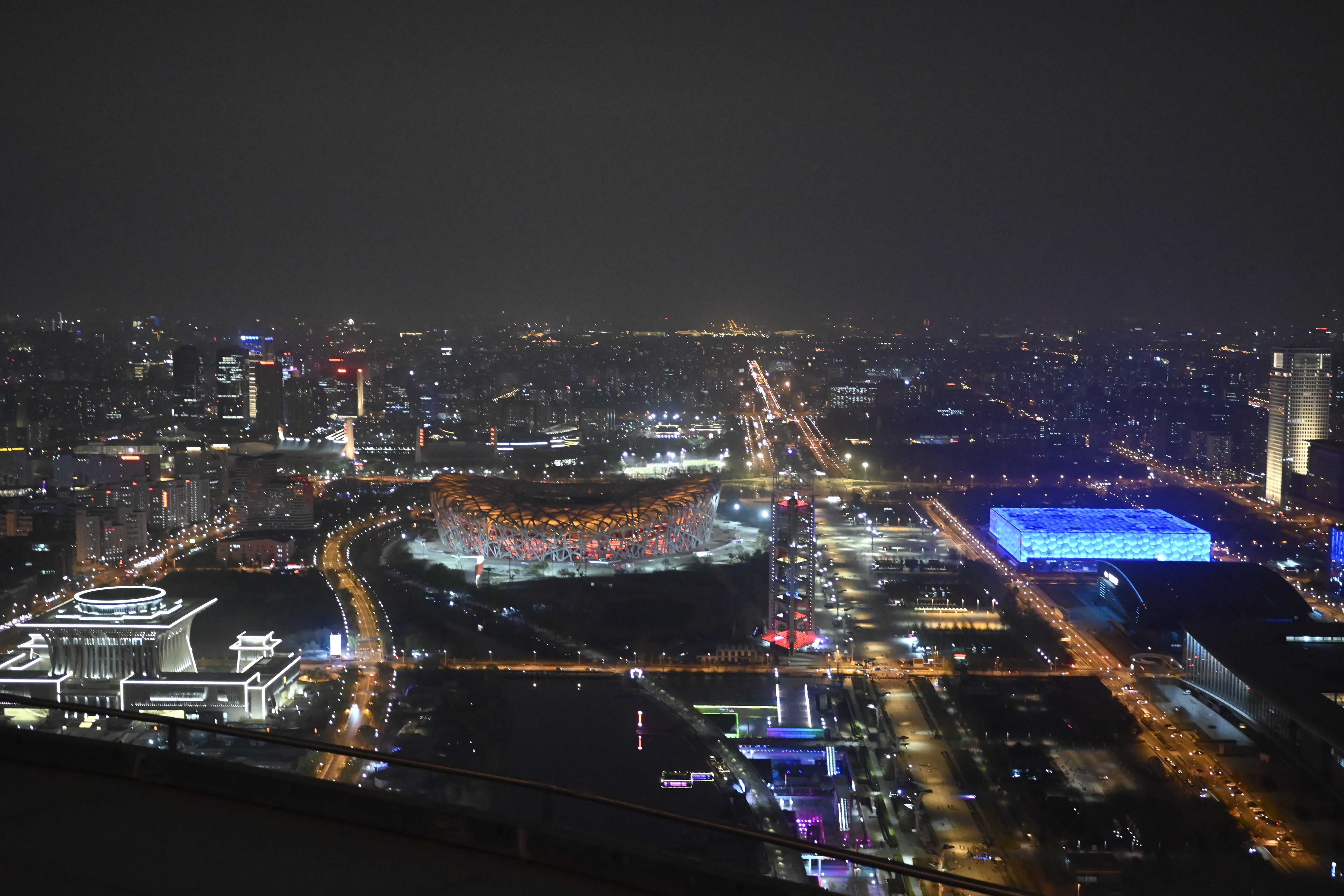
Officially known as the National Aquatics Center, the Water Cube is an aquatics center that was built alongside Beijing National Stadium in the Olympic Green for the swimming competitions of the 2008 Summer Olympics. Despite its nickname, the building is not an actual cube, but a cuboid (a rectangular box). Swimmers at the Water Cube broke 25 world records during the 2008 Olympics.
After the Olympics, the building underwent a 200 million Yuan revamp to turn half of its interior into a water park. The building officially re-opened on August 8, 2010. The cube symbolizes earth whilst the circle (represented by the Bird’s Nests)represents heaven. Hence symbolically the water cube references Chinese symbolic architecture.



Beijing National Stadium, or colloquially as the Birds Nest, is a stadium in Beijing, China. The stadium was designed for use throughout the 2008 Summer Olympics and Paralympics.
In 2001, before Beijing had been awarded the right to host the 2008 Summer Olympics, the city held a bidding process to select the best arena design. Multiple requirements including the ability for post-Olympics use, a retractable roof, and low maintenance costs, were required of each design. The entry list was narrowed to thirteen final designs. Of the final thirteen, Li Xinggang of China Architecture Design and Research Group (CADG), said after he placed the model of the "nest" proposal at the exhibition hall and saw the rival entries he thought to himself, "We will win this." The model was approved by as the top design by a professional panel; however, it was later exhibited for the public. Once again, it was selected as the top design. The "nest scheme" design became official in April 2003.
Located in the Olympic Green, the stadium cost US$423 million. The design was awarded to a submission from the Swiss architecture firm Herzog & de Meuron in April 2003 after a bidding process that included 13 final submissions. The design, which originated from the study of Chinese ceramics, implemented steel beams in order to hide supports for the retractable roof, giving the stadium the appearance of a "Birds nest". Leading Chinese artist Ai Weiwei was the artistic consultant on the project. The retractable roof was later removed from the design after inspiring the stadiums most recognizable aspect. Ground was broken in 24 December 2003 and the stadium officially opened in 28 June 2008. A shopping mall and a hotel are planned to be constructed to increase use of the stadium, which has had trouble attracting events, football and otherwise, after the Olympics.


Peking Duck, or Peking Roasted Duck is a famous duck dish from Beijing that has been prepared since the imperial era, and is now considered one of Chinas national dishes. Most visitors coming to Beijing will never forget to have a try.
The dish is prized for the thin, crispy skin, with authentic versions of the dish serving mostly the skin and little meat, sliced in front of the diners by the cook. Ducks bred specially for the dish are slaughtered after 65 days and seasoned before being roasted in a closed or hung oven. Peking Duck is always served in well-cut slices. The whole duck must be sliced into 120 pieces and every piece has to be perfect with the complete layers of the meat. Normally there are some dishes served with the duck, including a dish of fine-cut shallot bars, a dish of cucumber bars and finally a dish of paste-like soy of fermented wheat flour.




Beijing opera, more commonly known as Peking opera to westerners, has an over 200-year history and is deemed the national opera of China. The accompanying music, singing and costumes are all fascinating and artistic. Full of Chinese cultural facts, the opera presents to the audience an encyclopedia of Chinese culture as well as unfolding stories, beautiful paintings, exquisite costumes, graceful gestures and acrobatic fighting.


Acrobatics is a pearl in the treasure house of the traditional Chinese performing arts. Chinese acrobatics has a long and rich heritage. The acrobatic art has been existent in China for more than two thousand years. As early as the Warring States Period (475-221 BC), the rudiments of acrobatics existed. By the time of the Han Dynasty (221 BC-220 AD), the acrobatic art or "Hundred Plays" further developed both in content and variety. In the Tang Dynasty, the number of acrobats greatly increased and their performing skills improved greatly.
The acrobats in modern China have set up a designing and directing system aimed at creating graceful stage images, harmonious musical accompaniment, and good supporting effects of costumes, props, and lighting in order to bring about a fully developed stage art.


Chinese Martial Arts, known as Chinese Kung-fu by most foreigners, is a traditional Chinese physical activity with thousands of years of history. As a precious element of Chinas cultural heritage, Chinese Kung-fu has also won its name all around the world for its broad and deep meanings and its oriental features, which cover it with a mysterious veil.
A part of the holistic Oriental Civilization, Chinese Kung-fu is effective both in battle and in building physical strength. In addition, it unites the traditional medicine concepts of humans main and collateral channels, qi and blood. To conclude, as a crystallization of the wisdom gathered in the ancient Chinese lands, it allows people of any age to build up their bodies.
Legend of Kung Fu show follows the story of a young boy trying to fulfill his dream of becoming a Kung Fu master. This show, consisting of six scenes, is presented by a group of marvelous Kung Fu practitioners at the average age only 17 years old, who have studied Chinese Kung Fu from childhood. The actors do not speak but present all Kung Fu, dance and acrobatics.
Never miss an update from us. Sign up for our newsletter and stay informed about our latest news, products, and promotions.
2014-2024 © Copyright Charmission, All rights reserved.京ICP备19015279号-2



